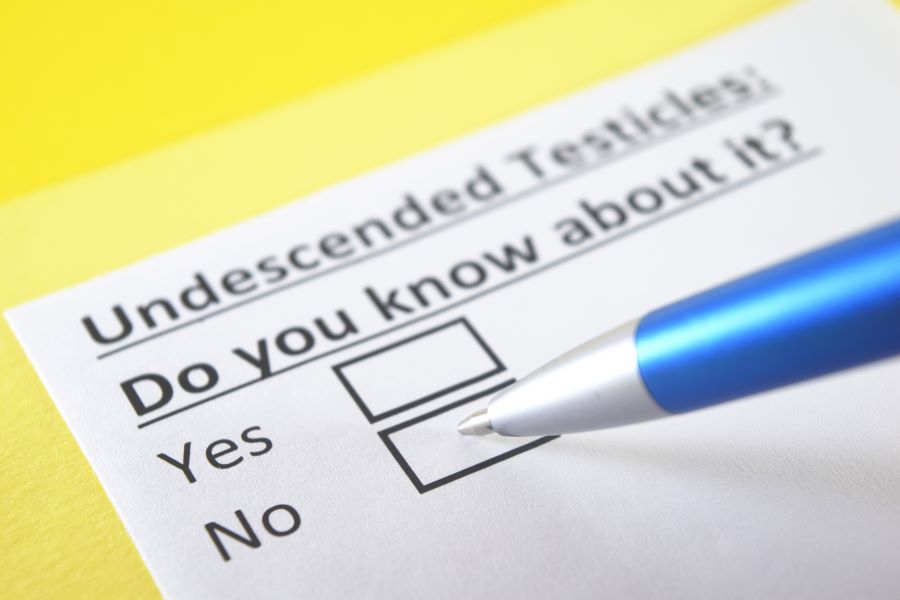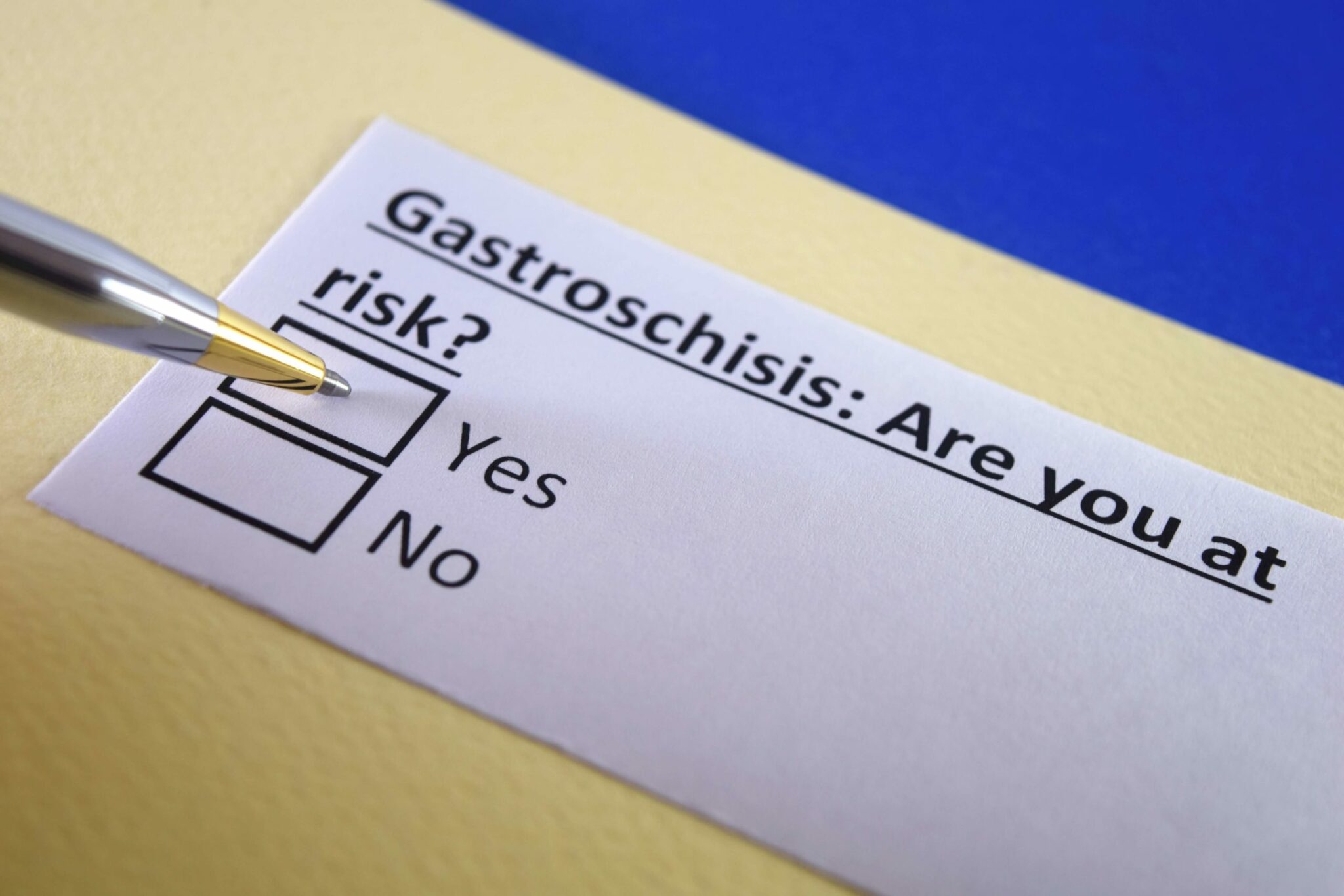Undescended Testicles


Cryptorchidism, or an undescended testicle, is usually diagnosed by the pediatrician before your newborn leaves the hospital.
Cryptorchidism describes a condition in which the child’s testicles have not descended from the abdomen, where they normally reside until 28 weeks gestation, into the scrotum by birth, as they normally should. It usually affects just a single testicle but occasionally neither testicle “drops,” and both are found somewhere between the abdomen and the scrotum.
Researchers aren’t quite sure what causes cryptorchidism, a few possible contributing factors have been identified. Chief among them are low birth weight, twins, and premature delivery.
The reason testes need to descend is practical; in order for them to develop as intended, they need to be slightly cooler than the human body. The scrotum is ideally designed to hold the testicle at the correct temperature. When a testicle’s temperature runs a little high, as in an undescended testicle, the extra degree or two may decrease fertility. In addition, undescended testicles have a four- to seven-fold higher incidence of testicular cancer.
In some cases, the issue resolves without intervention. Still, parents need to be vigilant. If the undescended testicle hasn’t dropped by four months, the issue is unlikely to improve. Surgical intervention will be required to correct the condition. The procedure is relatively simple, has a very high success rate, and is performed by a pediatric surgeon or urologist familiar with the procedure. The purpose of the procedure, orchiopexy, is to preserve fertility and to identify testicular cancer should it occur.
Fortunately, proper treatment is effective, and boys should have no associated problems later in life.
Sources:
- Disorders and anomalies of the scrotal contents
- JS Elder, Nelson Textbook of Pediatrics
- 19th ed.
Medscape Reference: Pediatric Cryptorchidism Surgery.
Powered by Bundoo®










































